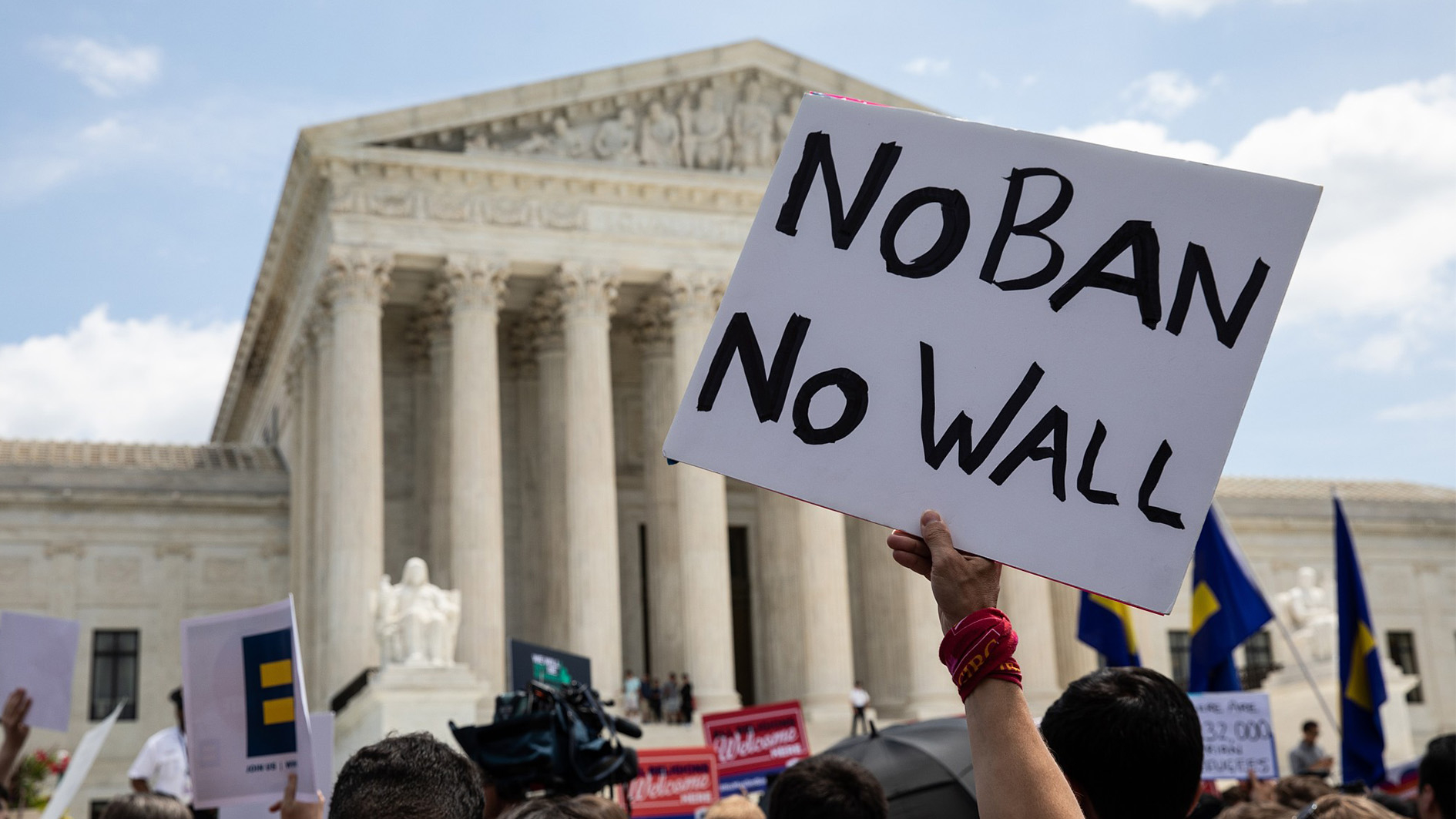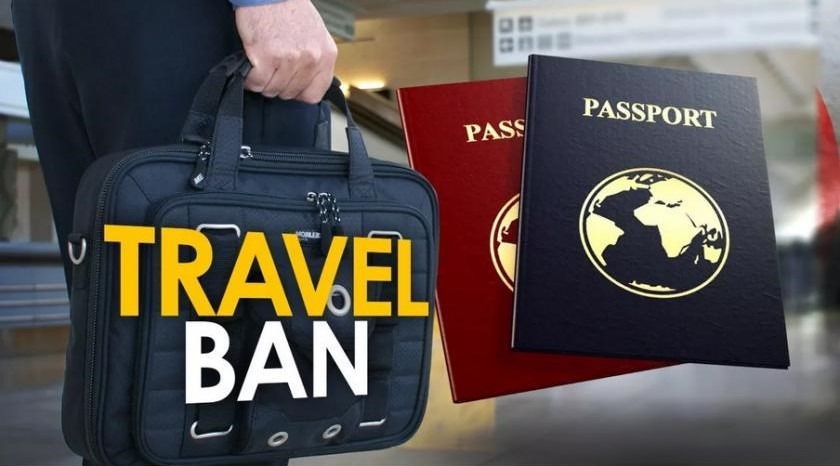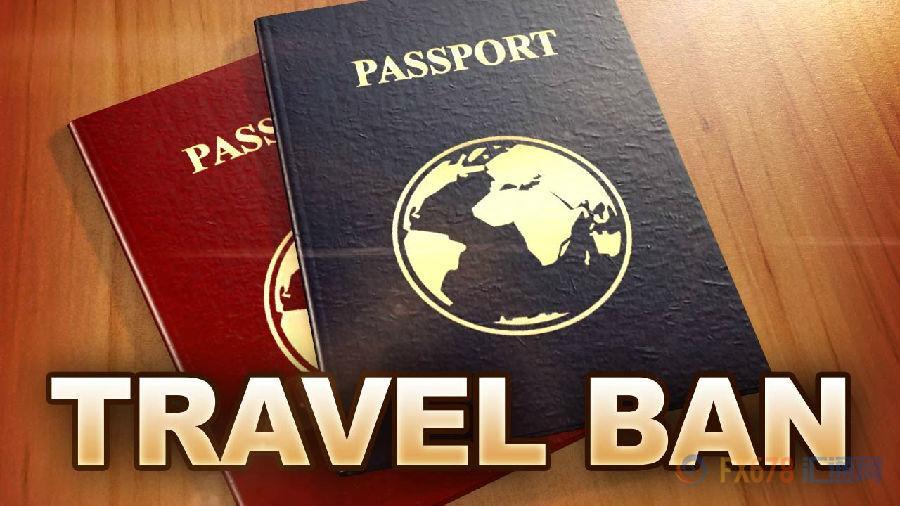I. The Historical Evolution of Trump’s Travel Ban
(1) The First Enactment (2017)
In 2017, just one week after taking office in his first term, Trump issued the first travel ban, which covered seven Muslim – majority countries including Libya, Syria, Iran, Yemen, Iraq, Sudan, and Somalia. The ban aimed to restrict the entry of citizens from these countries into the United States, claiming it was to protect the national security of the US and prevent terrorists from entering. However, this ban was quickly ruled invalid by the US Federal Court on the grounds that it was suspected of religious discrimination and violated the Constitution. Subsequently, Trump signed a second travel ban, which did not include Iraq, but it was also ruled invalid by the Federal Court. Until September 2017, Trump signed a third travel ban, expanding the scope to include North Korea and some Venezuelan officials. This ban was sued by the state of Hawaii and some social groups. In June 2018, the US Supreme Court upheld the third – version ban, allowing its main content to take effect.
(2) Biden’s Repeal and Trump’s Restart (2021 – 2025)
Former US President Biden repealed Trump’s travel ban after taking office in 2021. However, during the 2024 US presidential campaign, Trump promised to re – implement an expanded travel ban, saying it would be “bigger and more powerful than before.” On January 20, 2025, on the day of his inauguration, Trump issued an executive order instructing relevant departments to identify “countries with severely insufficient global review and screening information, and partially or completely suspend the entry of citizens from these countries.” On June 4, 2025, the White House issued an announcement, declaring a full – scale restriction on the entry of citizens from 12 countries such as Afghanistan, Myanmar, Iran, and Yemen into the United States, and a partial restriction on citizens from 7 countries such as Burundi. The restriction order came into effect on June 9th, Eastern Time.

II. Reasons for Trump to Select These Countries for the Travel Ban
(1) National Security Considerations
One of the reasons listed by the White House for selecting these countries is that some of them are associated with terrorism. For example, Afghanistan is controlled by the Taliban, and Iran is connected to several radical organizations in the Middle East, including Hezbollah in Lebanon, the Houthi rebels in Yemen, and Hamas in the Gaza Strip. Somalia, where the base of the extremist group “Al – Shabaab” is located, is designated by the US as a “terrorist haven.” The US uses “national security” as an excuse, believing that citizens from these countries may pose a threat to the US, and uses the travel ban to prevent “foreign terrorists and other individuals threatening national security and public safety” from entering the country.
(2) Political Manipulation of Immigration Issues
Some countries, due to factors such as poverty, immigration pressure, and domestic instability, have become targets for Trump to fulfill his campaign promises and divert domestic contradictions. Since the assassination of the president in Haiti in 2021, the country has been in chaos, and the problem of illegal immigrants pouring into the US border has intensified. Trump used this to fulfill his campaign promise of “reducing low – skilled immigrants.” Sudan, due to the Darfur issue and the instability after the regime change, is regarded by the US as a potential immigrant – exporting country. This strategy of securitizing immigration issues is actually a means to divert domestic economic contradictions.
(3) Geopolitical Confrontation
Some countries have long been regarded by the US as “hostile countries.” Their nuclear programs, regional influence, and cooperation with Russia are seen as threats. For example, Iran’s proxy network in the Middle East and its nuclear facilities have always been the focus of US sanctions. This ban is seen as a response to Iran’s recent missile tests. Myanmar, due to the Rohingya crisis and the confrontation between the military government and Western countries, is included in the list of countries with “serious human – rights issues.” The US tries to pressure it to reform through the ban.
(4) Instrumentalization of the Human – Rights Issue
African countries such as Eritrea and Equatorial Guinea are on the list due to their long – term autocratic rule and poor human – rights records. For example, the Eritrean government enforces mandatory military service for its citizens and is accused of torture and political oppression; the Obiang family in Equatorial Guinea has been in power for more than 40 years, with serious corruption problems. The US uses the ban to portray itself as a “human – rights defender,” but in fact, it provides an excuse for interfering in other countries’ internal affairs.

III. The Impact of Trump’s Travel Ban
(1) In Terms of International Relations
The countries subject to the ban generally view it as a “humiliating measure,” which deepens the rift in international relations. The Iranian Foreign Ministry condemned the ban as “unilateral bullying” and announced reciprocal restrictions on the US; the military government in Myanmar summoned the US ambassador to protest. This confrontational policy not only undermines bilateral cooperation but may also prompt relevant countries to turn to countries like China and Russia for support. For example, Iran recently signed an energy cooperation agreement with Russia, partially offsetting the impact of US sanctions.
(2) In Terms of Legal Challenges and Domestic Disputes
The ban has sparked legal disputes in the US. The American Civil Liberties Union (ACLU) has joined with several organizations to file a lawsuit, accusing it of “violating the equal protection clause of the Constitution.” Although the Supreme Court supported a similar ban in 2017, the expansion of this ban to more countries may trigger new constitutional reviews. In addition, the implementation details of the exemption clauses in the ban (such as for green – card holders and diplomats) are vague, leading to chaos at airports. For example, holders of special immigrant visas from Afghanistan have been repeatedly interrogated when entering the country.
(3) In Terms of Economy and Society
- Loss of Scientific Research Talent: Iranian students account for 12% of international students in the STEM fields at US universities. The ban may lead to the loss of scientific research talent and affect the US’s scientific and technological innovation ability.
- Intensification of Social Division: There are about 120,000 Somali – Americans. The obstruction of family reunification intensifies social division and has a negative impact on social harmony and stability.
- Damage to the Tourism Industry: Haiti receives about 500,000 American tourists every year. The ban will cause a reduction of more than 30% in the country’s tourism revenue. At the same time, the US tourism industry may also be affected due to the damage to its international image. By the end of 2025, the number of inbound tourists to the US will still not return to the pre – pandemic level, a trend closely related to a series of policies of the Trump administration.
- Risks to Corporate Investment and Trade: US companies’ investment and trade in the banned countries also face risks. For example, the project of Chevron, an oil giant, in Chad has been suspended due to the ban.
(4) The Security Paradox
Research shows that the possibility of citizens from the banned countries carrying out terrorist attacks in the US is less than 1%. Instead, the ban may intensify anti – American sentiment and provide an excuse for extremist organizations to recruit. For example, the Houthi rebels in Yemen use it to promote the idea of “US oppression of Muslims,” attracting more young people to join their ranks. In addition, the ban weakens the US’s intelligence cooperation in these countries. For example, local armed forces in Afghanistan have reduced their counter – terrorism coordination with the US due to the ban.
IV. Controversies Triggered by Trump’s Travel Ban
(1) Controversy over Religious Discrimination
The 2017 travel ban initially targeted Muslim – majority countries and was widely referred to as the “Muslim travel ban.” Although later versions were modified, it is still suspected of religious discrimination. The US Federal Court once ruled that the 2017 restrictions on seven countries including Iran and Syria were “religious discrimination.” Moreover, Saudi Arabia, the country of origin of the main perpetrators of the 9/11 attacks, has never been included in the ban list, even though it is also a Muslim country; citizens of Ukraine, also in a conflict – affected area, enjoy the right to enter the US freely. This selective exclusion exposes the ultimate logic of US foreign policy: geopolitical interests override universal values.
(2) Controversy over Policy Legitimacy
Legal experts believe that the US government has not proven the legitimacy of expanding the scope of the ban this time. Although the previous decision of the Supreme Court made it more difficult for opponents to block the new ban, the US uses “national security” as a reason to implement the travel ban without sufficient evidence that citizens from the banned countries will pose an actual threat to US security. For example, Iranian citizens have not carried out any terrorist attacks in the US for decades, and the US military conducts anti – terrorism operations on Libyan territory, but citizens from these countries are restricted from entering the US.
(3) Controversy over the Contradiction between Economic Reality and Policy
The White House claims that the ban “reduces dependence on foreign labor,” but ignores economic reality. In the past, technology giants such as Microsoft and Google publicly opposed immigration restrictions, warning that “US technological hegemony will collapse due to the loss of talent.” Data from the US National Science Foundation shows that immigrant entrepreneurs account for 52% of entrepreneurs in Silicon Valley. Even more ironically, citizens from banned countries or regions such as Haiti and Eritrea mainly engage in low – end service industries in the US, doing the most basic and arduous jobs that American whites are not willing to do.

V. Conclusion
Trump’s travel ban is a complex and highly controversial policy. From its historical evolution, it has gone through multiple processes of enactment, modification, and repeal. The reasons for its implementation involve multiple aspects such as national security, immigration politics, geopolitics, and human rights, but behind these reasons often lie the political interests and geopolitical strategic considerations of the US. The ban has had many negative impacts in aspects such as international relations, law, economy and society, and security, and has triggered extensive controversies, including religious discrimination, policy legitimacy, and the contradiction between economic reality and policy. In the era of deep – seated globalization, this “self – isolation” policy not only makes it difficult to truly achieve its claimed goals but may also damage the US’s own interests and international image. In the future, the direction of Trump’s travel ban remains uncertain. Whether it will continue to expand in scope, whether it will face more legal challenges, and its impact on the US and the world are all worthy of continuous attention.


